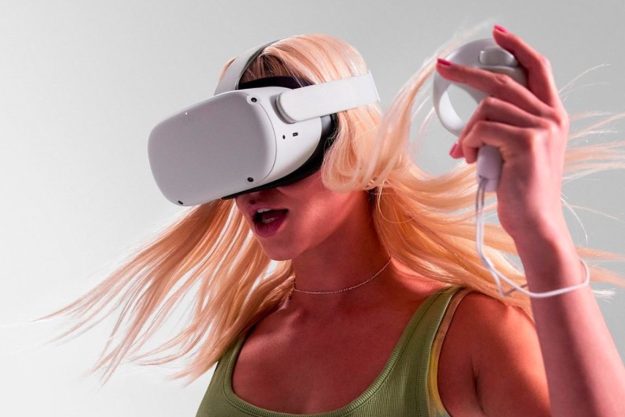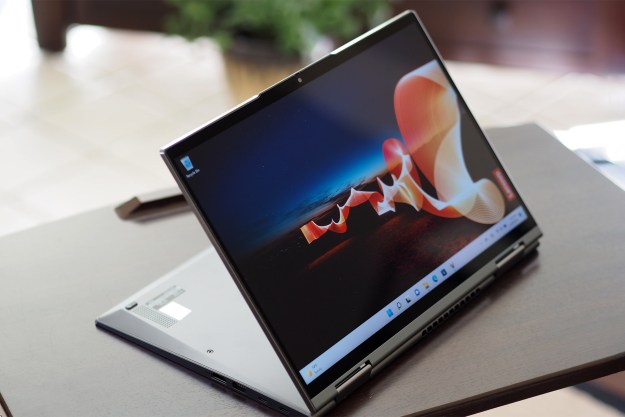Well RC2 is out and we are pounding on it like crazy. A number of you will probably try to be the very first to install this puppy and if that is the case, there are a number of things you should begin to do now.
New Hardware vs. Old Hardware
We’ve tried Vista on a number of top-end machines 1 to 2 years old and it failed to load properly on all of them. In one case, with an old Intel Extreme Edition machine, it seemed to go in fine and then, on final boot, it destroyed the RAID array blue screening the system. We were able to rebuild the array and easily restore the old Windows XP load (in fact recovery was nearly seamless). Still, if you don’t have a way to back up your system before doing any major operating system upgrades, you are taking your digital life in your hands.
Windows Vista, at the request of the OEMs and a lot of us performance users, makes much more aggressive use of hardware than its predecessors did at launch and really does need relatively current hardware to showcase its performance strengths. This means if you have a machine that is over a year old you probably should pass on this OS until you can afford to buy a new PC.
Now if you’ve purchased an OEM machine in the last 6 months it should work as this is typically where the most testing occurs. However you’ll want two things: at least a gig of memory and a good current generation graphics card. Right now the ATI cards we have are not working particularly well. The primary cause is that Vista appears to have current NVIDIA and S3 drivers in the recent release candidate but the ATI drivers have to be downloaded and that alone, if the system is not yet stable, can be a problem. That should be corrected by launch but, as of now, NVIDIA and S3 seem to be working fine.
You’ll also want at least a gig of memory to see some of the performance advantages. It will run on less system memory, but Vista was tuned to use memory heavily to offset hard drive performance and the more memory you have the faster the system seems to run. So far benchmarks do not seem to be picking this up, but with lots of memory applications seem to load much faster. Since this is a major portion of where you will see your speed improvement by installing in a dual channel configuration and using faster memory; both make a lot of sense.
Memory Caution
Nearly two years ago I met with Jim Allchin, co-President Platforms and Services Division at Microsoft who headed the Vista development effort, and Jim said Vista should only be used with ECC memory. Virtually every OEM had a fit and PR folks piled on Jim so he wouldn’t say that anymore. However, my own experience with Vista suggests he may have been right.
Vista uses memory aggressively and if there is a memory error it will blue screen. I spent two days tracking down a failure in a system using a brand new matched set of Kensington DDR2 DIMMs. Diagnosing a memory problem can be a nightmare because the crashes can happen at any time while doing anything and they happen so fast the system often can’t capture the problem. And while Vista’s tools are clearly better, they didn’t help me diagnose this problem at all.
To give you an idea, we first loaded this system with Windows XP and it was a little flakey but would only hang occasionally and typically when we were watching a movie or doing something graphically intensive, otherwise it ran fine. With Vista it would blue screen during boot, right after boot, and never seemed to run more than 15 minutes without a blue screen failure. This showcases how much more aggressively Vista uses memory.
So if you have an XP machine that is a little flakey, there is a good chance you may have bad memory. ECC memory is rather expensive but for something you need to run 24/7 like a media center box taping your programs I’d recommend it. I’d hold off buying new memory until you are ready to try Vista so that if there is a problem, you can exchange it for better memory. The branded vendors do have better overall quality but I’ve run into bad DIMMs from the best so cover your bases and your hindquarters.
Upgrading Hardware
If you have not gone shopping for parts recently, you will be pleased to know it is a buyers market. For the most recent test we purchased the lowest cost dual-core hardware we could find and ended up with an ECS C51GM-M NVIDIA based motherboard and an AMD 64 4200+ X2 Dual Core processor for $180 at Fry’s, two gigs of matched Kensington DDR2 memory cost another $180 (one bad as noted above), and we had an old S3 Chrome S27 card handy and a low-end Diamond ATI Radeon X1300 ($75). As noted above we had some issues with the ATI drivers but both cards, once fully loaded, worked fine. You don’t need to have a $300 graphics card unless you want to push gaming (and you’ll need that regardless of whether you do Vista or not). So for about $345 (recall one DIMM was bad so we ran with one) we were ready for Vista and Aero.
Vista Ready Hardware
Vista Ready machines are just now coming to market and over the next several weeks we will be testing a variety of them from a number of vendors and reporting our results. Generally they should provide your best experience but that right now is an opinion that isn’t yet based on actual testing we have done. We’ll provide some updates as we go through this process.
How cool is Vista?
We’ve actually been using Vista on a number of other machines as part of a long-term test and it’s actually an impressive improvement. It does a much better job of organizing things like pictures and videos, search is incredible, and visually it is very attractive (the widgets in particular are kind of cool and something you didn’t see unless you had purchased Stardock’s Window Blinds or a Mac).
If you like to build and mod systems you’re probably going to like this a lot once drivers are out for the hardware you want to use. For instance the Belkin N52 Game controller I like a lot doesn’t yet have Vista drivers (strangely it does actually load with Microsoft drivers but you can’t run the Belkin configuration utility which means you are limited to in-game configuration tools).
One thing that is a huge improvement is you no longer need the floppy drive to load SATA drivers. I’m looking forward to stomping my last floppy drive into the floor. Also, after you enter the Vista license number, you can just walk away and let the system run until almost the end when it still asks you networking questions (be nice if they moved that to the beginning as well, maybe in Vista 2).
Editors' Recommendations
- I would give up my Steam Deck if the ROG Ally 2 had these features
- Dell’s most popular 2-in-1 laptop is discounted from $700 to $450
- Best 2-in-1 laptop deals: Turn your laptop into a tablet for $349
- This ultra-portable Lenovo 2-in-1 laptop is discounted from $649 to $199
- Alienware m16 R2 vs. Alienware x16 R2: Which 16-inch model is better?


